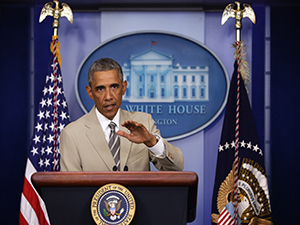 In foreign policy as well in virtually every human endeavor, how do you know how well or badly you are doing. Most smart people have annual physicals to check on their health. Scorecards for hedge fund managers and CEO’s are measured in return on investment or share value. And in sports, overtime is the ultimate measure of winning or losing.
In foreign policy as well in virtually every human endeavor, how do you know how well or badly you are doing. Most smart people have annual physicals to check on their health. Scorecards for hedge fund managers and CEO’s are measured in return on investment or share value. And in sports, overtime is the ultimate measure of winning or losing.
Unfortunately, foreign policy has no universal or even partial scorecard except to the extent that White Houses, Congresses, critics and the media pass judgments on what appears to be working and what does not. The starting point for making these assessments regarding foreign policy rests in analyzing the priorities set by any administration. Not every issue or crisis can be number one. Otherwise, prioritization is meaningless.
What are President Barack Obama’s foreign policy priorities in terms of the threats and actual crises or issues confronting the country? Rhetorically, given the strategic pivot to Asia, aka “rebalancing,” the Pacific is this administration’s top priority. But how urgent is dealing with the Islamic State (IS) and its rapid seizure of swaths of Iraq and Syria and how central a priority is degrading and destroying it?
Some argue that Russia’s intrusion into Eastern Ukraine and annexation of Crimea should be Obama’s number one foreign policy concern. Does Vladimir Putin have designs further west in the Baltics and southern flank of NATO? And while NATO’s conventional forces maintain considerable advantage over Russia’s still largely drafted army, are Moscow’s some 2000 short range, tactical nuclear weapons a viable political lever of intimidation and counter to this conventional force imbalance?
Iran presents two foreign policy challenges. Nuclear weapons ambitions are one. Negotiations to prevent Iran from obtaining these weapons are headed to a November 24th deadline. How high a priority should the president set that goal and balance non-proliferation against his other policy aims?
Iran is also a powerful player against IS and exerts great influence in Iraq and Syria. As the leading Shia state, Iran and Saudi Arabia have been rivals and indeed ideological adversaries. If defeating IS means working with Iran and facilitating a Saudi-Iranian rapprochement vital to stabilizing the region, where does this fit in as a priority? The jury is out on that.
And if these crises and issues were to disappear, how important is supporting Afghanistan as coalition combat forces withdraw leaving a relatively small number of “train and assist” personnel behind? Further, Afghanistan is linked by more than geographic propinquity to Pakistan. And Pakistan and India present much unfinished business under the shadow of substantial nuclear forces on both sides with the former relying on short range weapons to offset India’s conventional military superiority as well as its huge population and economic advantages.
A strong case can be made that each of these issues should be the top priority for the Obama administration. Yet, there cannot be five number one priorities or even two or three. How might the administration resolve this strategic conundrum of setting meaningful priorities at a time when no consensus exists on the principal or greatest threat?
In the past, the administration has (arbitrarily?) defined its strategy first and then looked at specifics. The Afghanistan-Pakistan study by virtue of its name reversed the importance of the priorities in that Pakistan was the strategic center of gravity. While the White House may argue that a great deal of thought went into declaring a strategic pivot to Asia, hence the signaling of its top priority, in fact virtually no strategic analysis in weighing the consequences, intended or otherwise, was applied. And with the detailing of 3000 train and assist troops back to Iraq, no statement has emanated from the White House on how degrading IS ranks as a strategic priority vis a vis the other contenders.
What was needed was a careful and thorough assessment of the risks, dangers, opportunities, costs, benefits and uncertainties posed by each of these sets of crises and issues noted above. Armed with that assessment, judgments can be made about setting priorities and tradeoffs as well as timing in that IS or Iran or Ukraine are far more short term than dealing with China which inherently is not the closest wolf to the sled. Unfortunately, this administration has been chary and wary of such a necessary but so far unheeded approach.
The outcome does not look good. A large number of number one priorities is no better than no real priorities. But does the administration understand?

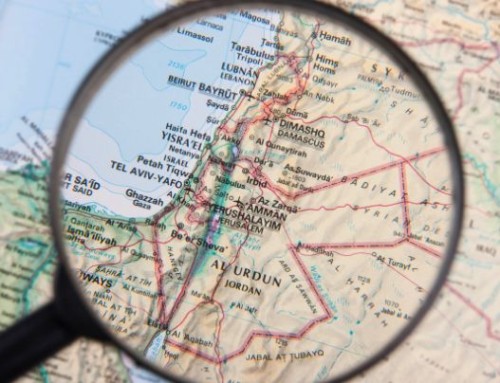

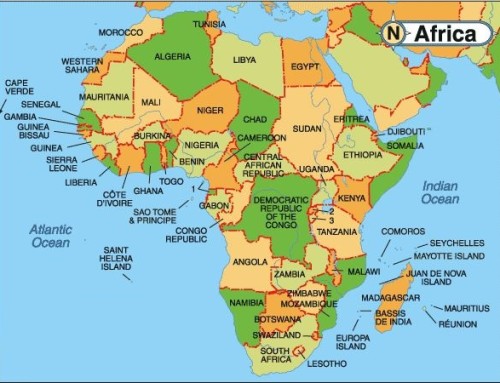
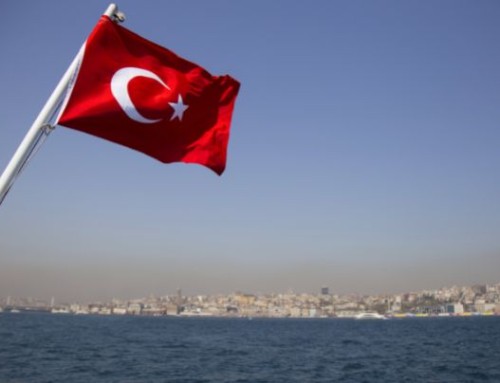
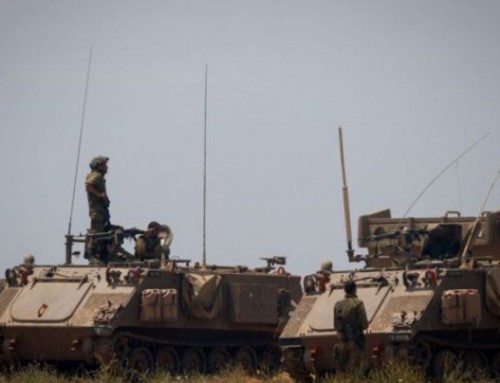
Comenteaza